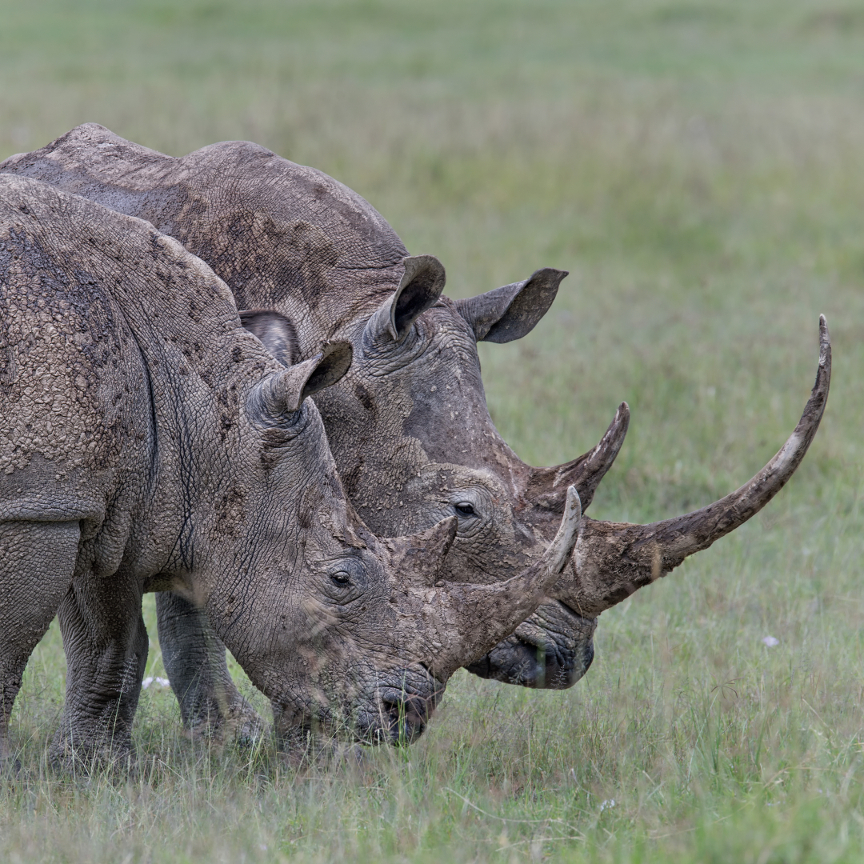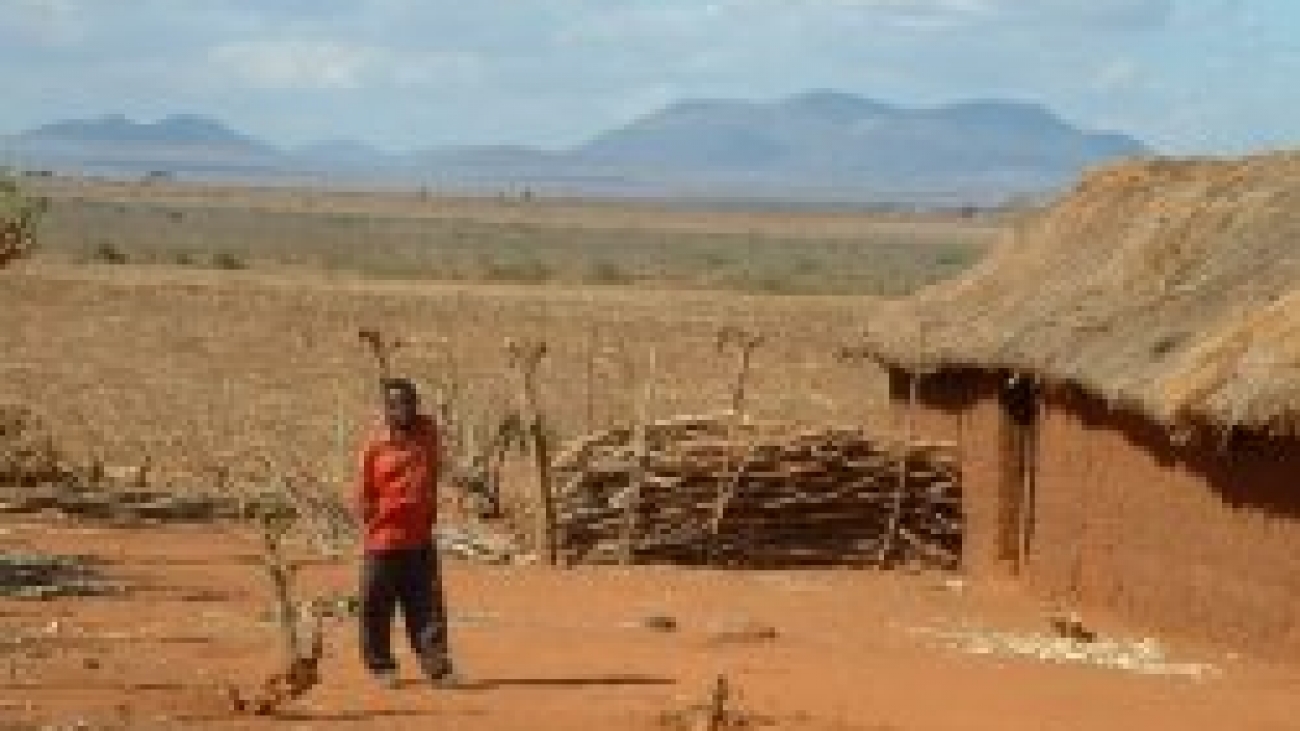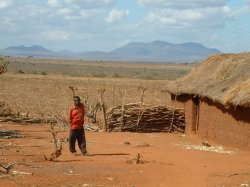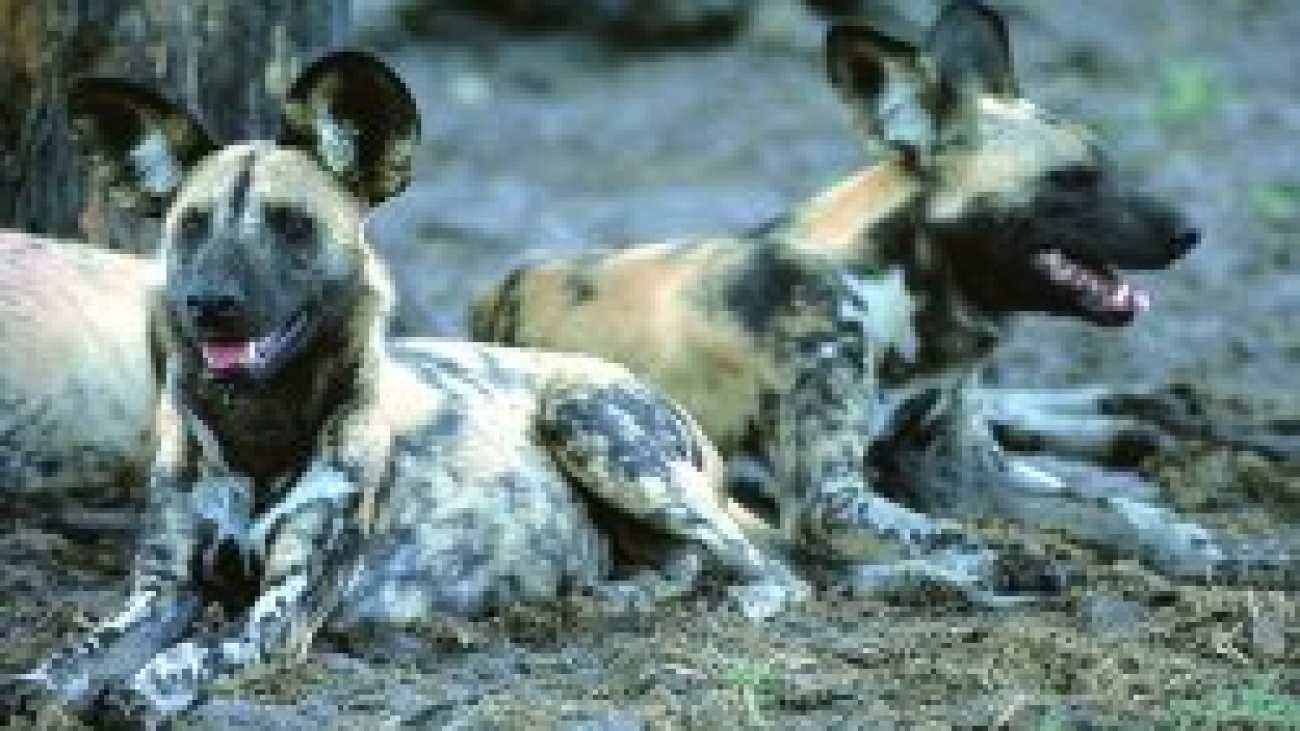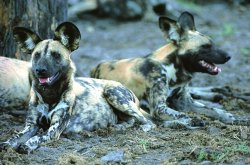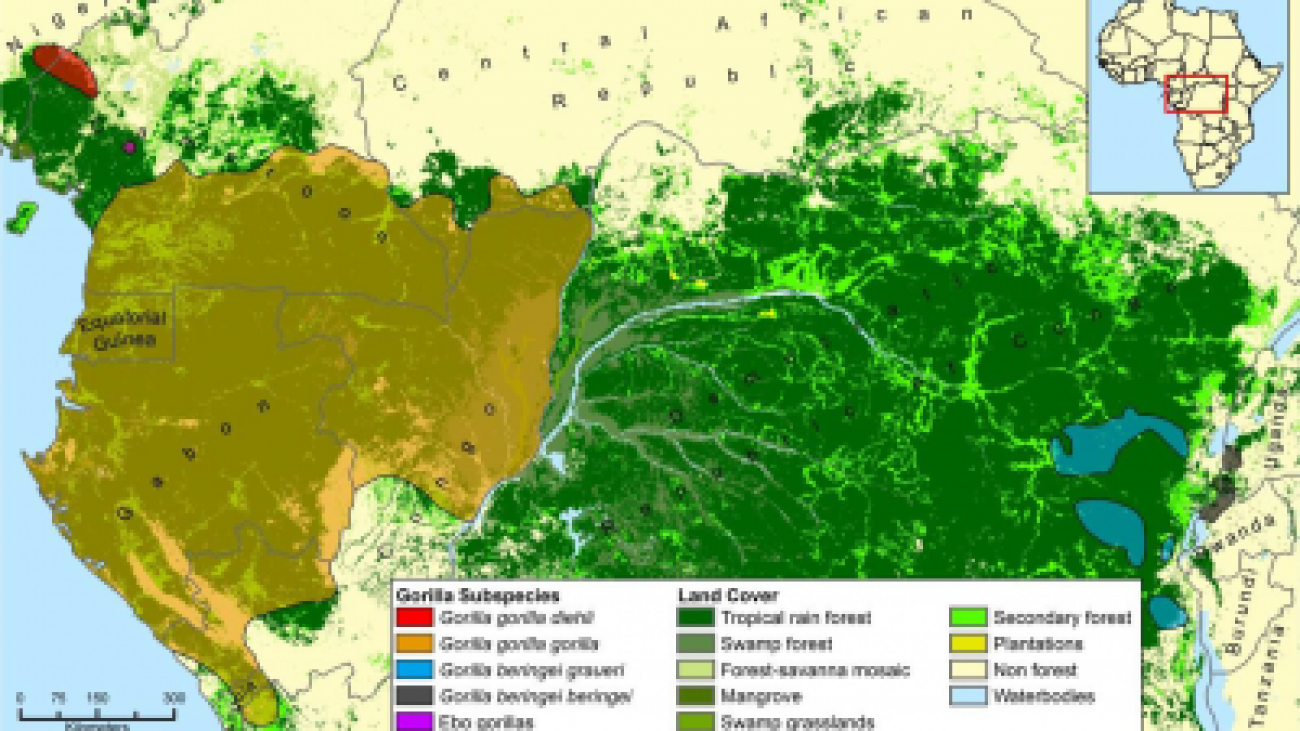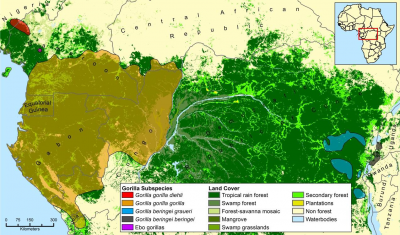Vultures provide critical ecosystem services, yet populations of many vulture species have collapsed worldwide. In Africa, vultures face a range of threats, most significantly poisoning and trade in traditional medicines. In this talk, The Peregrine Fund’s Darcy Ogada will present the first estimates of a 30-year pan-African vulture decline, drawing on results of a collaborative study recently published in the journal Conservation Letters. Populations of eight species assessed had declined by an average of 62%; seven had declined by 80% or more over three generations. Of these, at least six appear to qualify for uplisting to Critically Endangered status by the International Union for Conservation of Nature (IUCN). These estimates indicate that declines have occurred on a scale comparable to those seen in Asia, where the ecological, economic, and human costs of vulture decreases are already documented. Dr. Ogada will discuss these trends and threats to vultures, with a focus on her work on vultures in northern Kenya.
Event Resources:
Download the presentation slides here.
Watch the webinar recording below:
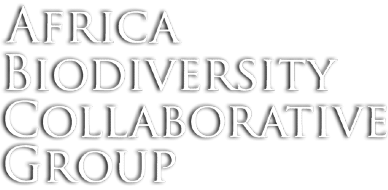
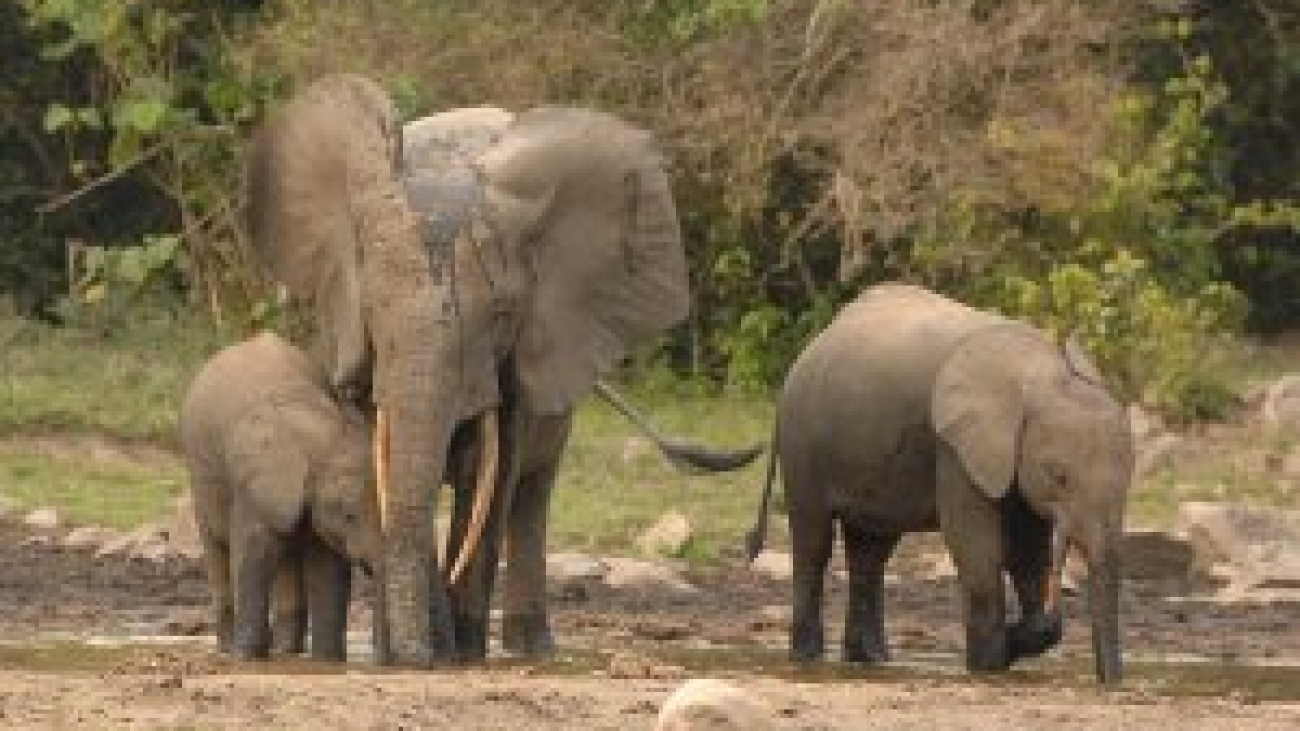
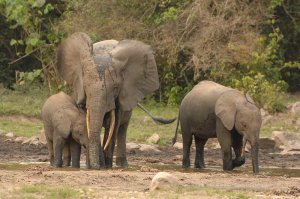 Currently, poaching is devastating elephant populations across Africa, especially in DR Congo. Their numbers have been in constant decline due to several factors, key among them the lack of effective law enforcement across the country in the wildlife sector and overall weakness of ICCN, the government institution responsible for protection and nature conservation in the country. In the Okapi Faunal Reserve, for example, the elephant population declined by approximately 75% from 1996 to 2011.
Currently, poaching is devastating elephant populations across Africa, especially in DR Congo. Their numbers have been in constant decline due to several factors, key among them the lack of effective law enforcement across the country in the wildlife sector and overall weakness of ICCN, the government institution responsible for protection and nature conservation in the country. In the Okapi Faunal Reserve, for example, the elephant population declined by approximately 75% from 1996 to 2011.